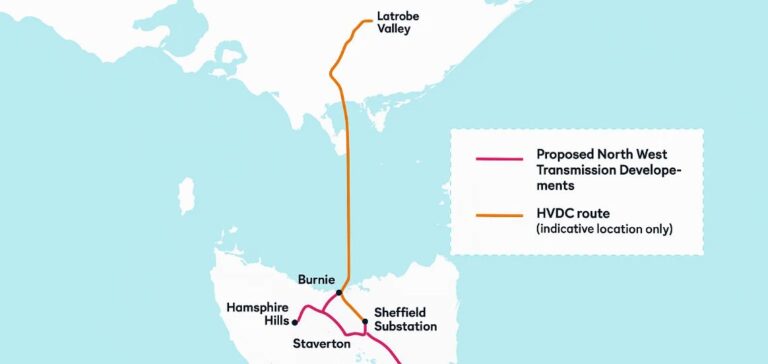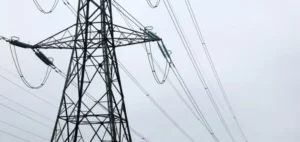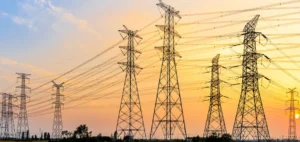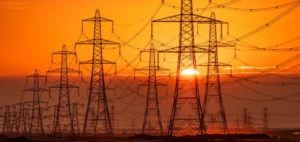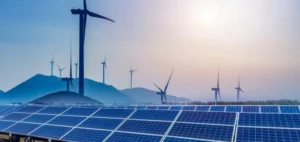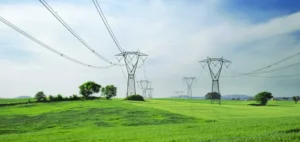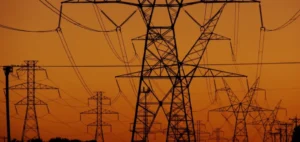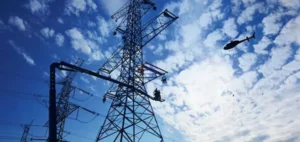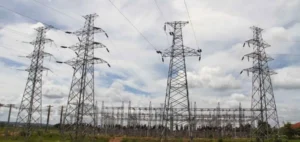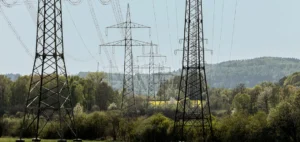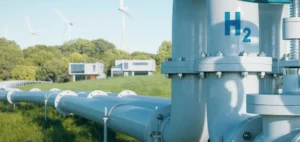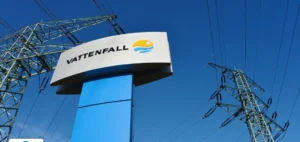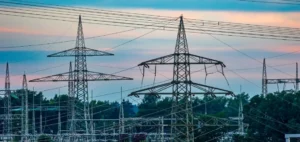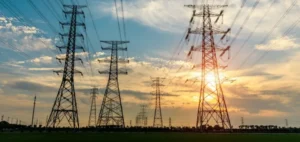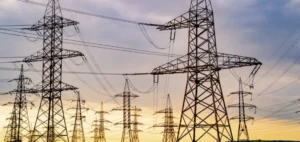The Marinus Link electricity interconnection project, connecting Tasmania to the state of Victoria, has reached a regulatory milestone with approval from the Victorian Minister for Planning. According to the published environmental assessment, the project may proceed provided recommended adjustments to environmental management are implemented.
Marinus Link Pty Ltd (MLPL), the company responsible for the project’s development, stated that this decision marks a major step in securing the required permits. The assessment was conducted under the Environment Effects Act 1978 and will inform decisions under the Planning and Environment Act 1987 and the Marine and Coastal Act 2018.
Approval granted through a full regulatory process
According to MLPL, the assessment followed a comprehensive process that included a public consultation phase, formal hearings, and technical review by an independent Inquiry and Advisory Committee (IAC).
MLPL Project Director Mike Carter noted that the Minister’s approval reflects the in-depth work carried out by technical teams and environmental experts, particularly from TetraTech Coffey. The proposed route largely avoids areas of native vegetation and sensitive marine rocky formations.
Start of federal regulatory proceedings
The positive assessment at the state level allows the project to proceed to the federal review stage, governed by the Environment Protection and Biodiversity Conservation Act (EPBC Act). This next phase will be decisive in securing national environmental approvals.
MLPL confirmed that it will continue engaging with stakeholders, including affected landowners, to ensure implementation of the Environmental Performance Requirements.
Spanning approximately 250 kilometres, Marinus Link is designed to facilitate bidirectional electricity transfer between Tasmania and mainland Australia, thereby strengthening the national grid’s reliability.


